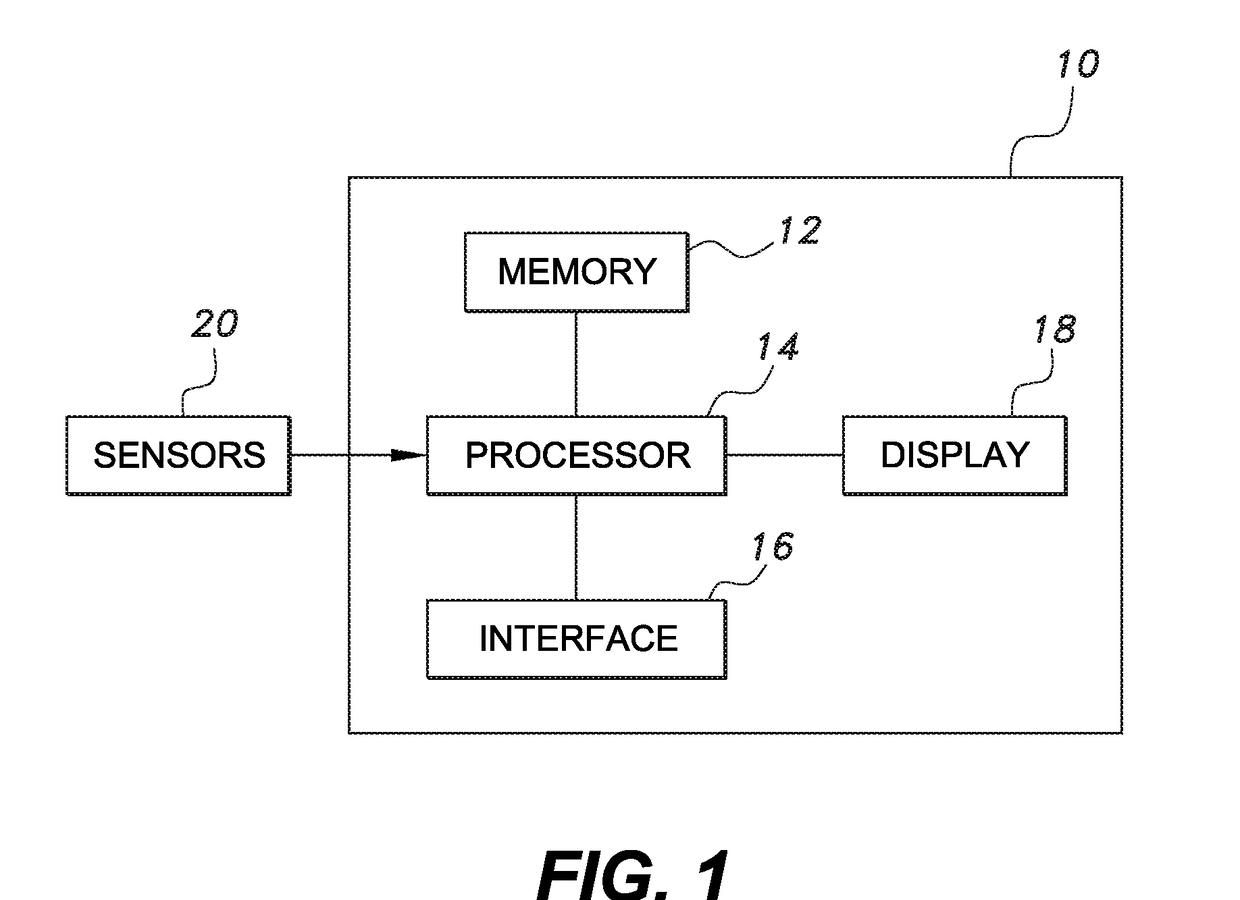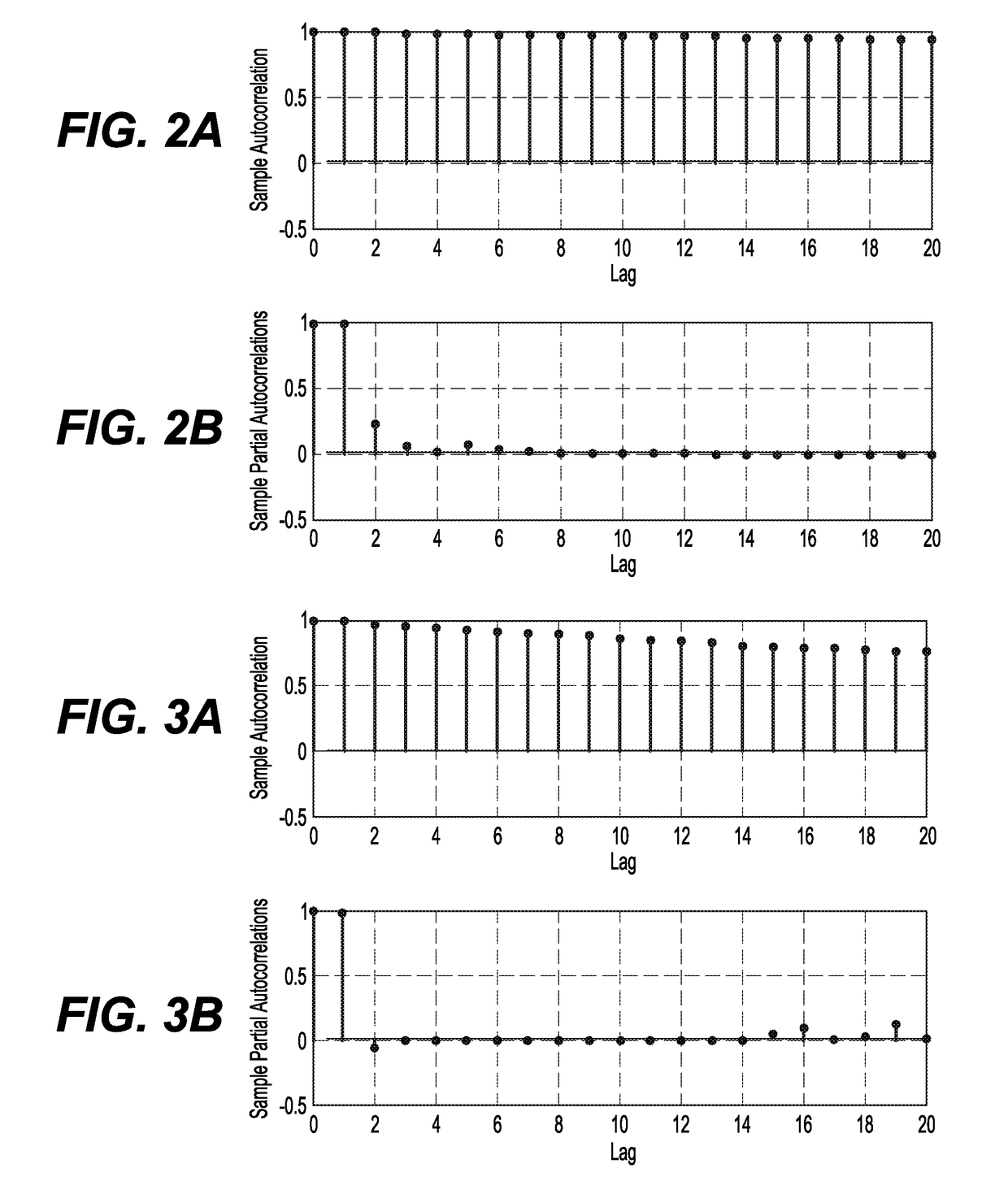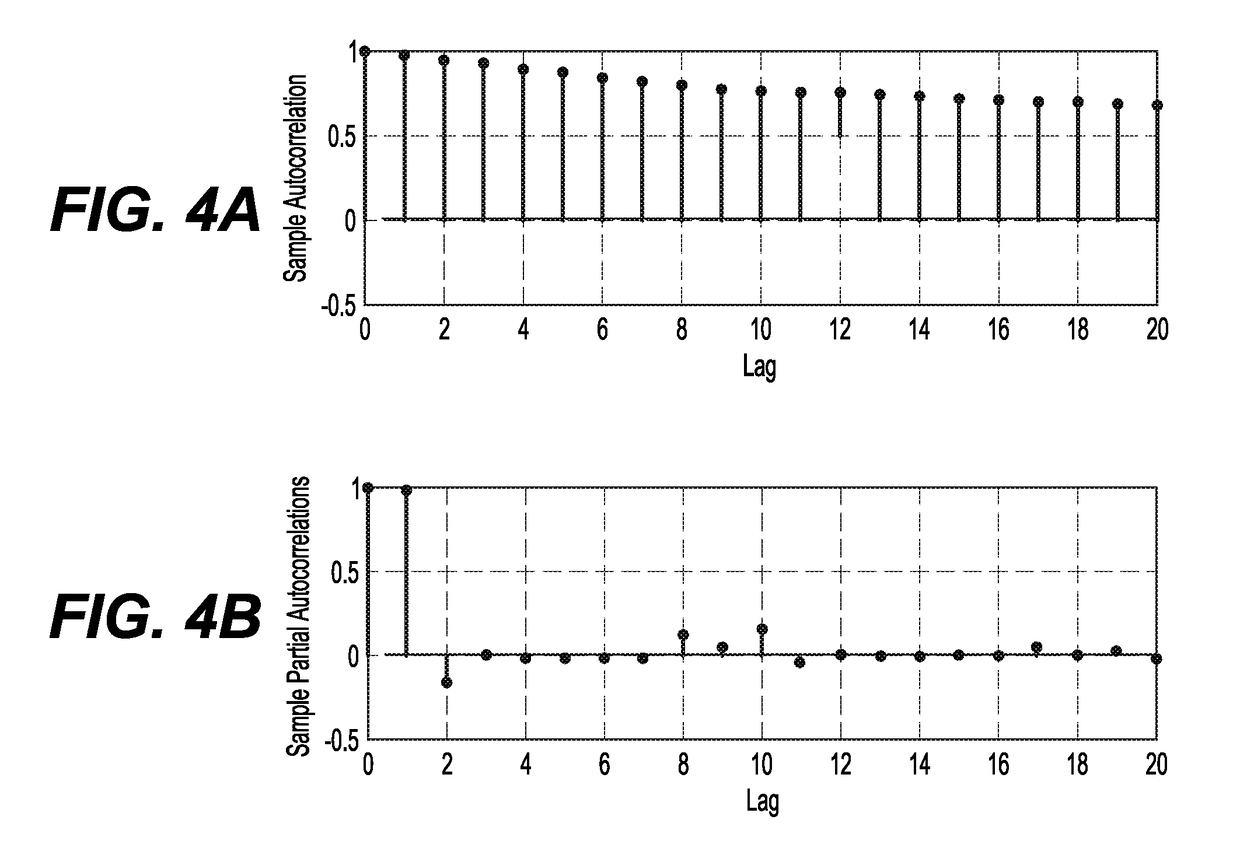Method of forecasting for solar-based power systems
a technology of solar energy and power system, applied in the direction of photometry using electric radiation detectors, optical radiation measurement, instruments, etc., can solve the problems of inability to forecast at higher resolution time, inability to adjust to higher-resolution time forecasts, and inability to meet the needs of high-resolution time forecasts, etc., to achieve constant voltage supply
- Summary
- Abstract
- Description
- Claims
- Application Information
AI Technical Summary
Benefits of technology
Problems solved by technology
Method used
Image
Examples
Embodiment Construction
[0031]The method of forecasting for solar-based power systems recognizes that no single solar irradiance forecasting model provides the best forecasting prediction for every current weather trend at every time of the year. Instead, the present method uses model evaluation data to train a classifier that enables the selection of the best solar irradiance forecasting model for prevailing conditions through a machine learning approach. The resulting solar irradiance forecast predictions are then used to allocate the solar-based power systems resources and modify demand when necessary in order to maintain a substantially constant voltage supply in the system.
[0032]Generally, the method of forecasting for solar-based power systems includes the following steps: (a) measuring solar irradiance parameters with sensors for a defined geographical region over predetermined time intervals to form a data set; (b) selecting a window size defining a number of past measurements and future forecast p...
PUM
 Login to View More
Login to View More Abstract
Description
Claims
Application Information
 Login to View More
Login to View More - R&D
- Intellectual Property
- Life Sciences
- Materials
- Tech Scout
- Unparalleled Data Quality
- Higher Quality Content
- 60% Fewer Hallucinations
Browse by: Latest US Patents, China's latest patents, Technical Efficacy Thesaurus, Application Domain, Technology Topic, Popular Technical Reports.
© 2025 PatSnap. All rights reserved.Legal|Privacy policy|Modern Slavery Act Transparency Statement|Sitemap|About US| Contact US: help@patsnap.com



